I don’t know a lot about truffles. In fact I have probably only tried them once, maybe twice. I associate them with high price tags and complicated dishes that the average person wouldn’t cook at home.
So when the opportunity came to learn more about this mysterious ingredient and go truffle hunting, I couldn’t pass on it. By nature I am a curious foodie and I think you need to be, in a world that’s constantly evolving.
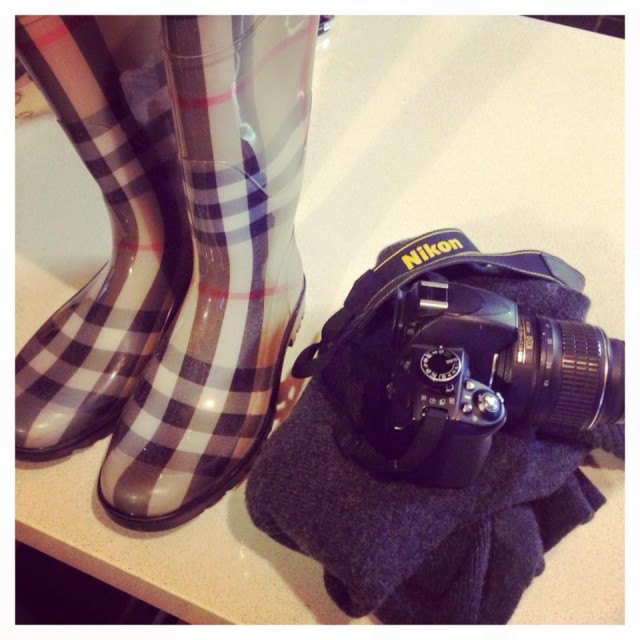
Truffle Melbourne kicked off their annual truffle hunts over the weekend and I was fortunate enough to jump aboard one on the Mornington Peninsula. My old man has often entertained the idea of planting a few trees at home, and growing his own truffles – so an opportunity to actually meet local producers who are mastering the trade of a relatively unfamiliar territory down here, was exciting.
Truffles have a distinct earthy fragrance, similar to a mushroom, and despite being used in extremely small quantities their flavour and aroma can enhance just about any savoury offering. They’re the fruiting body of a subterranean Ascomycete fungus, and are frequently referred to as the ‘diamond of the kitchen’. They’re frequently served raw, shaved over pastas, salads, eggs and meat.
One of the first things Jenny of Red Hill Truffles said to me was that she wanted more people to get involved. It wasn’t about monopolising the truffle trade down on the peninsula, but about sharing her knowledge with others in the hope that the industry would continue to grow. And there was something really refreshing in that, I am not sure why? I just don’t often hear of competitors sharing a secret that’s all.
We met mid morning at Jenny’s home in Red Hill where we were introduced to her right hand man, Thomas, a four year old English Springer Spaniel from Hobart, who would lead us truffle hunting. Jenny rescued Thomas from a pound, placed him under her wing and brought him home with her to Victoria following ten months of training.

Domestic pigs were commonly used for truffle hunting, with their exceptional sense of smell and natural affinity to rooting for food. However the trend began to shift toward trained dogs, for a very simple reason, they were more discreet. Hunters are very protective of where they source their truffles from, particularly in the wild, and there is nothing discreet about a pig on a leash.
The tour was intimate and tailored. Nigel, the director of the Melbourne Truffle Festival, was there to answer any questions we had along with our guide Danielle.
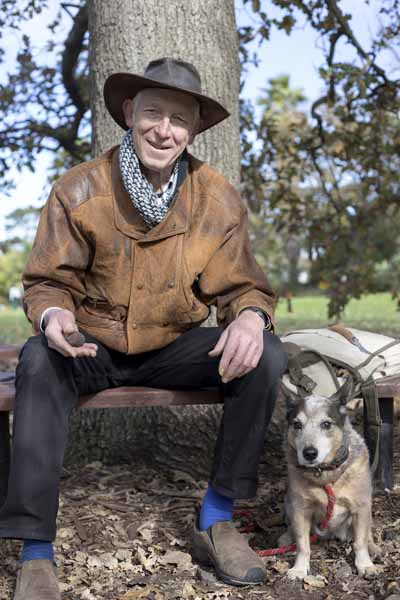
Thomas led our group between rows of Hazelnut and Oak Trees, occasionally pausing and laying on the ground with his nose pointed toward the gold. To avoid trampling undiscovered truffles it is important we never cross rows, as they grow throughout the root system close to the base of the tree.
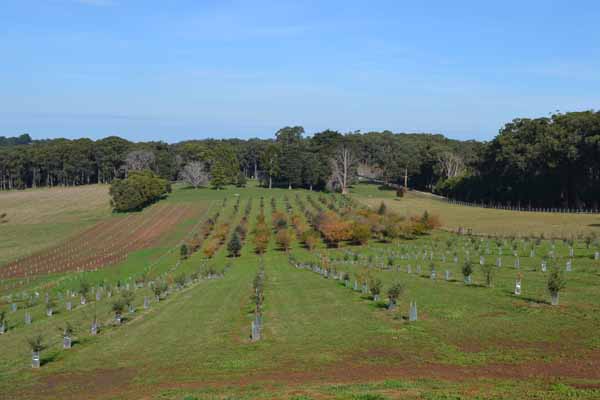
Many of the truffles we came across were quite close to the surface, which can be a little precarious because if truffles are too shallow in the soil and the weather is harsh – they have a tendency to rot. Jenny explains that, on average, twenty percent of truffles are lost this way.
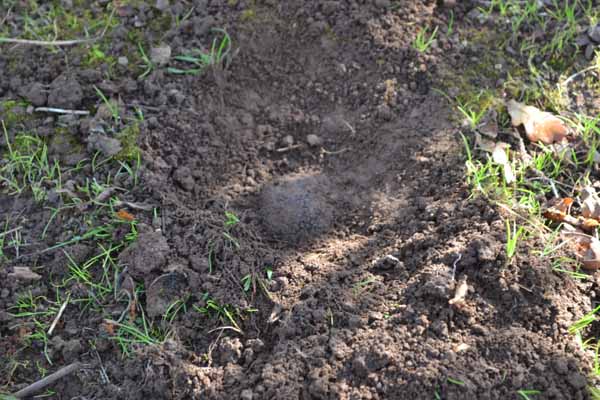
Recently they pulled out an old irrigation pipe that ran parallel with one of the rows, disrupting the soil and encouraging prolific growth of the truffle. Now although this was unintentional, growers in the area frequently run a disc along the side of each tree, replicating this process as away of encouraging growth.
Well-aerated, alkaline soil is desired when growing truffles, conditions common across parts of Italy and other European nations. Here in Australia we need to replicate these conditions with the addition of lime, as a way of reducing acidity and increasing pH levels to the required level of 8-8.5. Jenny recalls the day she had over one hundred tonne of lime dropped into her yard, describing it as a white dust storm!
The shelf life of a fresh truffle is approximately 14 days out of ground, so truffles are often sold prior to being dug up! Once removed, they’re scrubbed, blow dried and stored in an airtight container filled with rice. Nigel explains how they lose three percent of their weight per day, as they’re primarily made up of water and minerals absorbed from the surrounding soil.
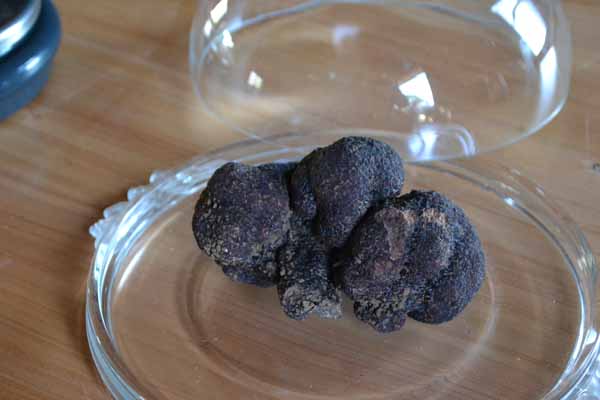
Following some successful truffle hunting we made our way up to a purpose built building that overlooks the truffiere. It is here we sampled an array of truffle infused eats; chocolate, vodka, butter, cheese and eggs!
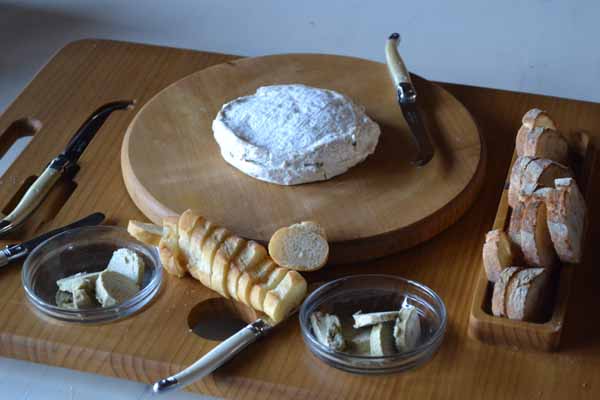
Now here is something I didn’t realise prior to today, truffle oil is a well-disguised con artist made from a synthetic compound rather than real truffles! Jenny attempted to make her own oil at home however found it to be impossible as the oil goes through a chemical change when fresh truffle is added. Apparently it becomes cloudy; leaves no truffle aroma and in the weeks that follow, the truffle becomes furry and begins to fall apart.
Honestly I could talk for hours about everything I learnt that morning. It was fascinating, even for someone who had little to no experience with truffles.
The day ended at Max’s Restaurant, Red Hill Estate with sweeping views of Westernport Bay and lunch designed to showcase the treasures of Red Hill Truffles. Needless to say, the food was divine.

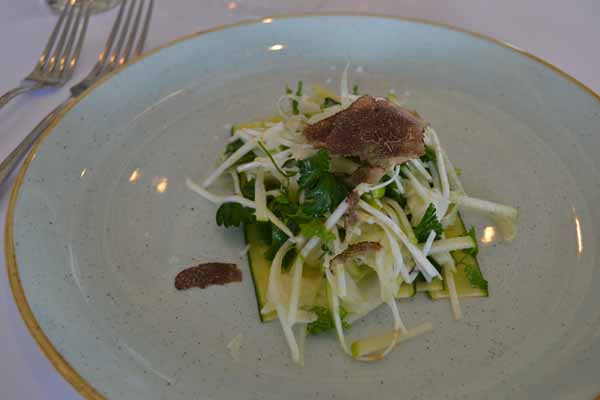
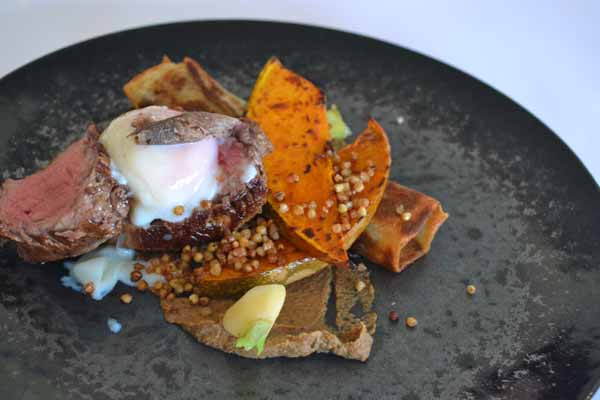
The Melbourne Truffle Festival kicks off on June 20-21st at the Prahran Market, and hunts will be operating throughout Victoria until mid August.

Thank you for this article!
I have been in Mornington Peninsula when I lived in Melbourne and it was an amazing experience! I visited a lot of places and did a website about it with some articles 🙂